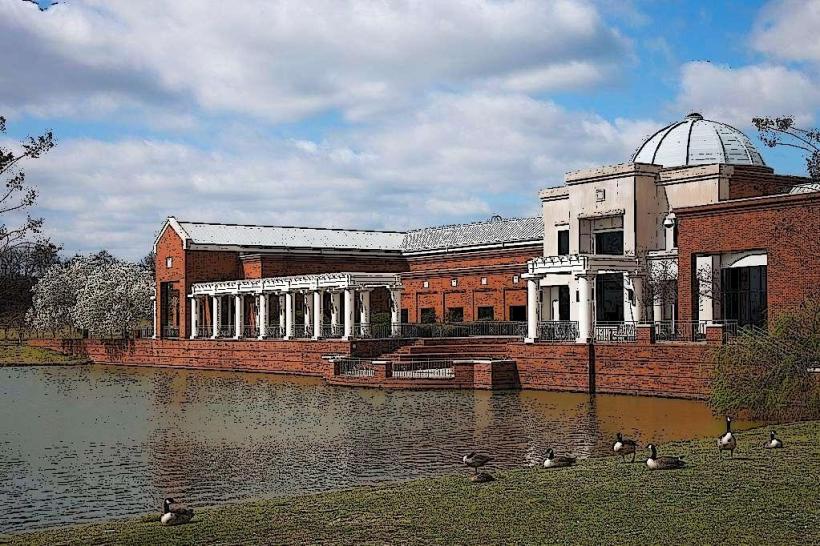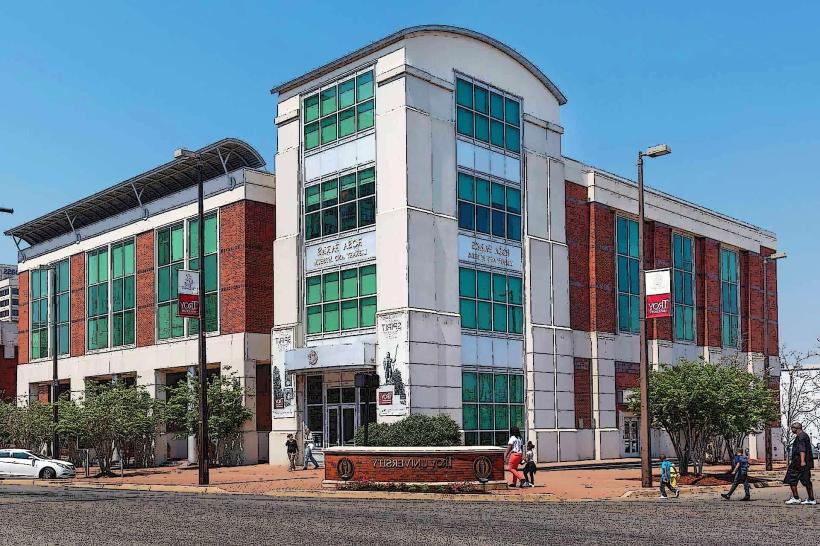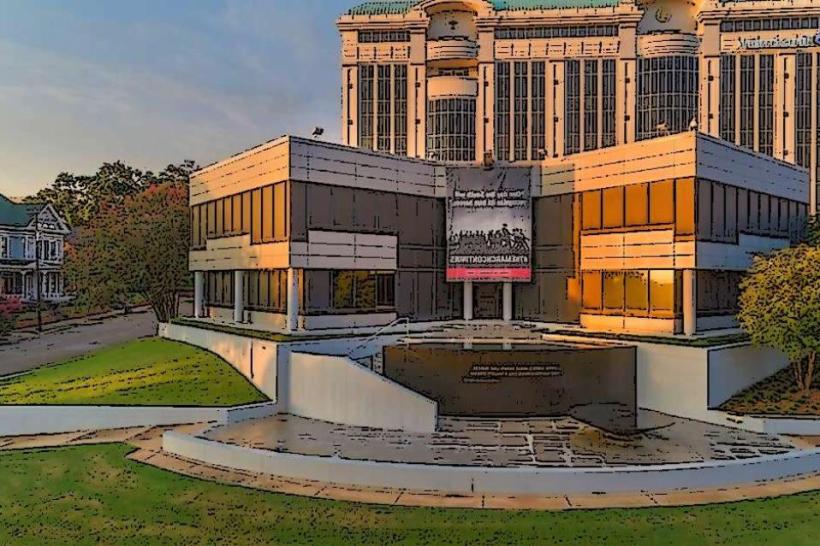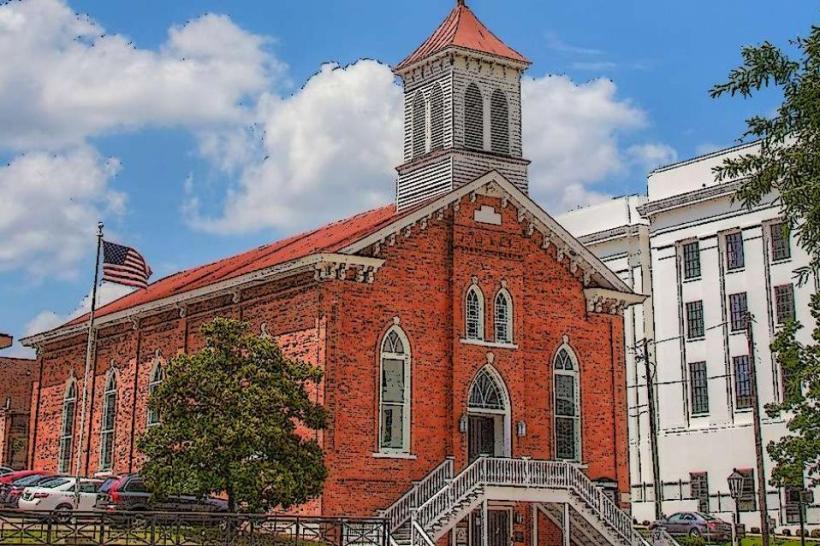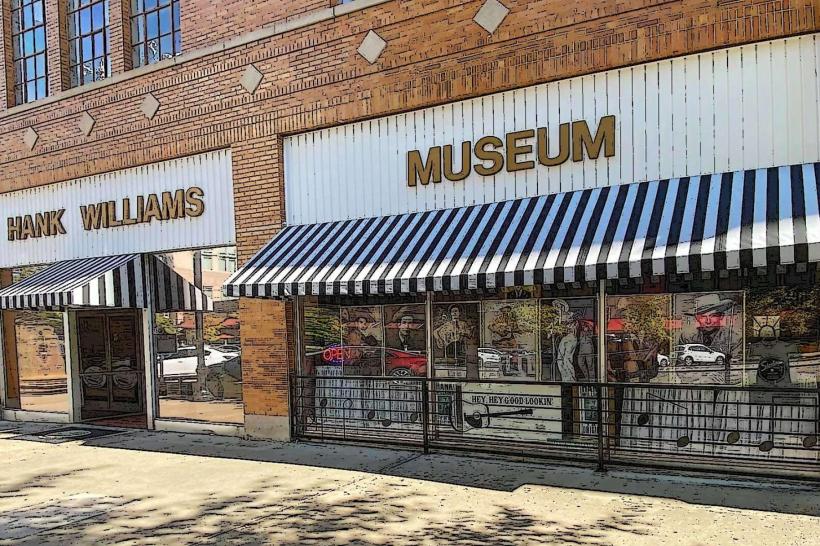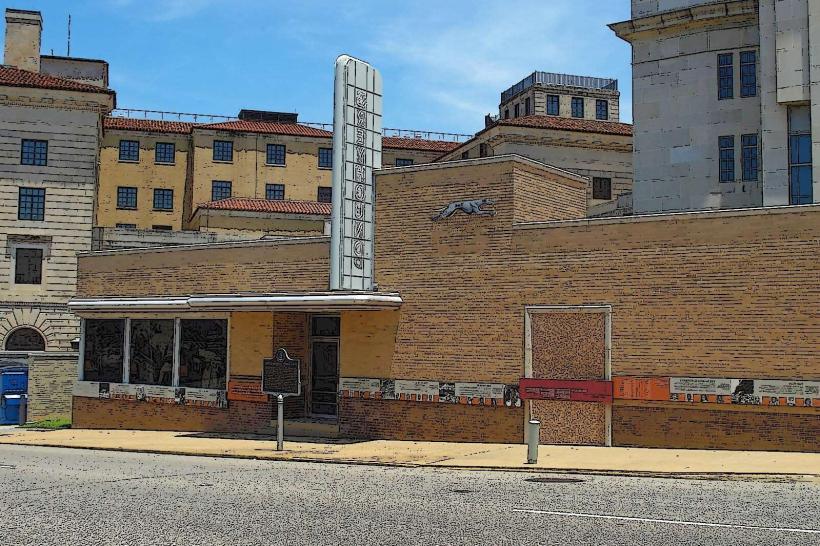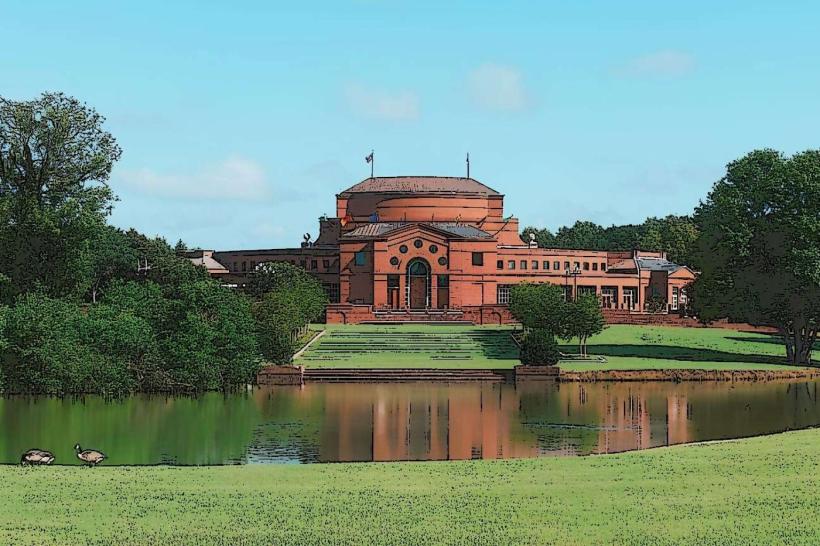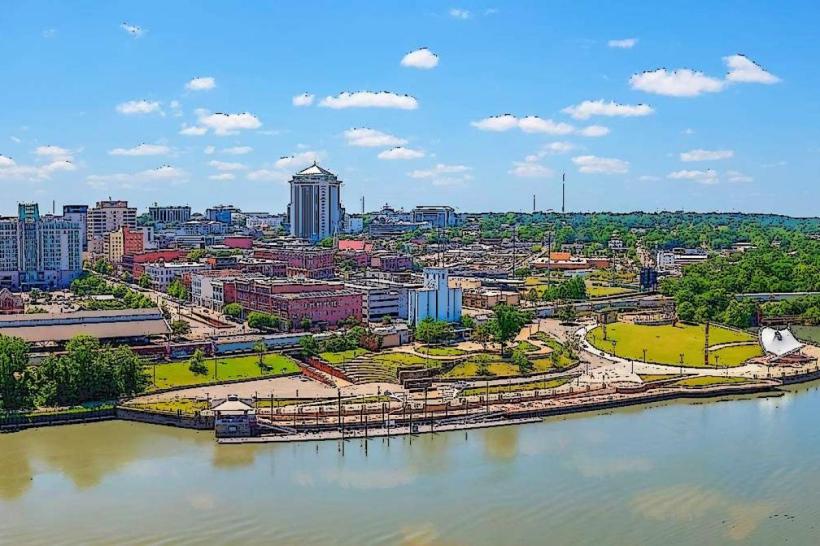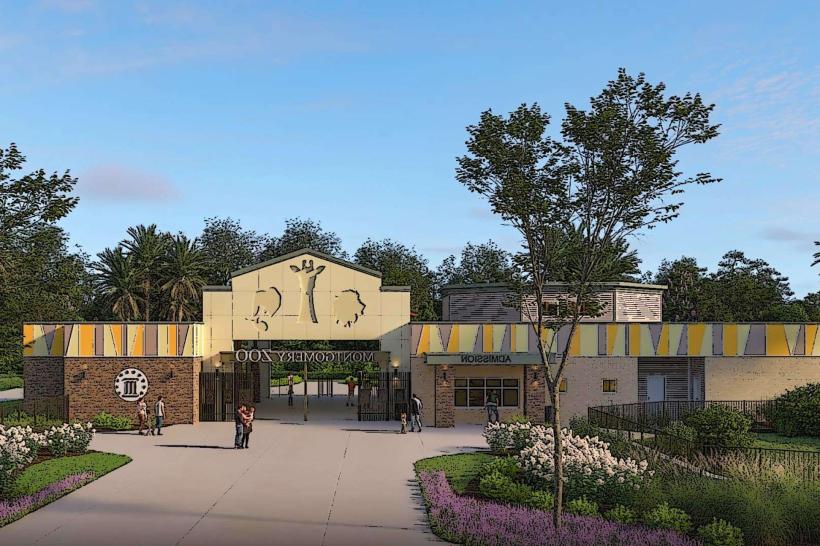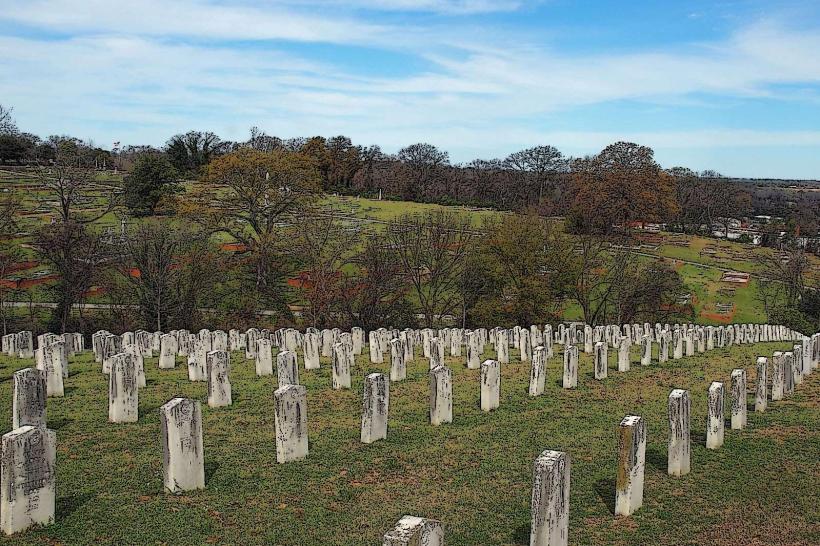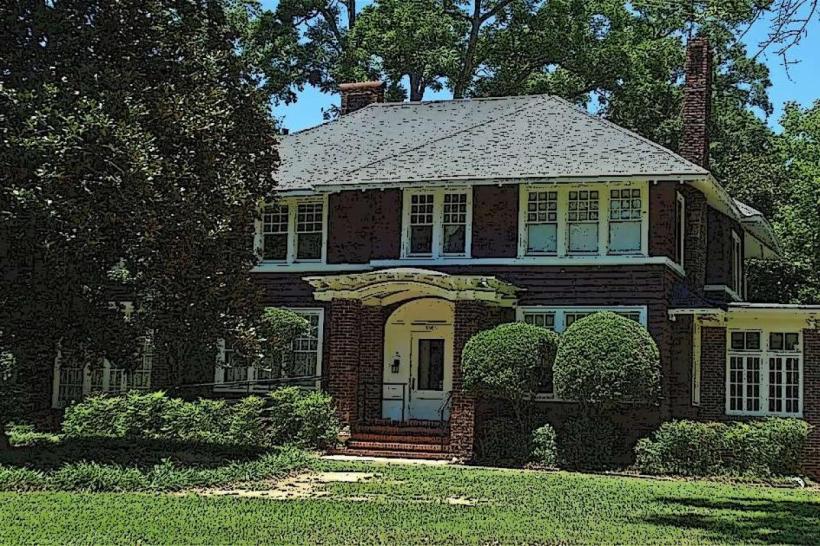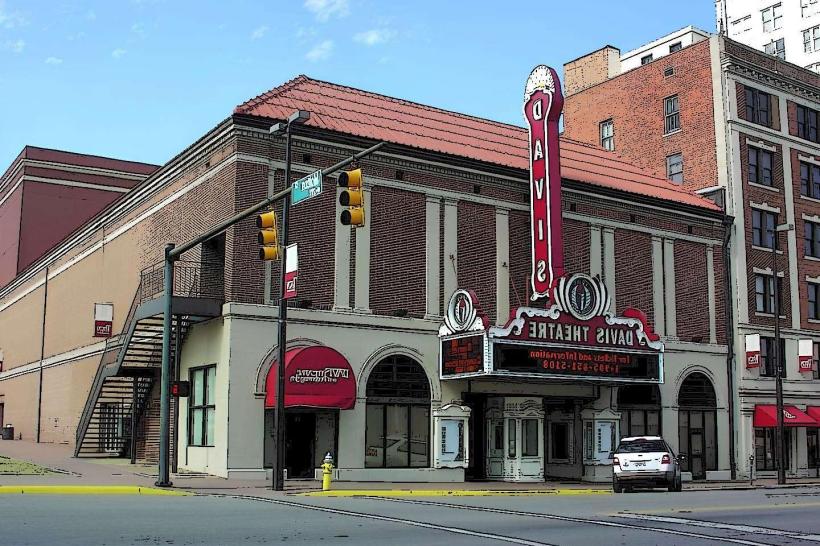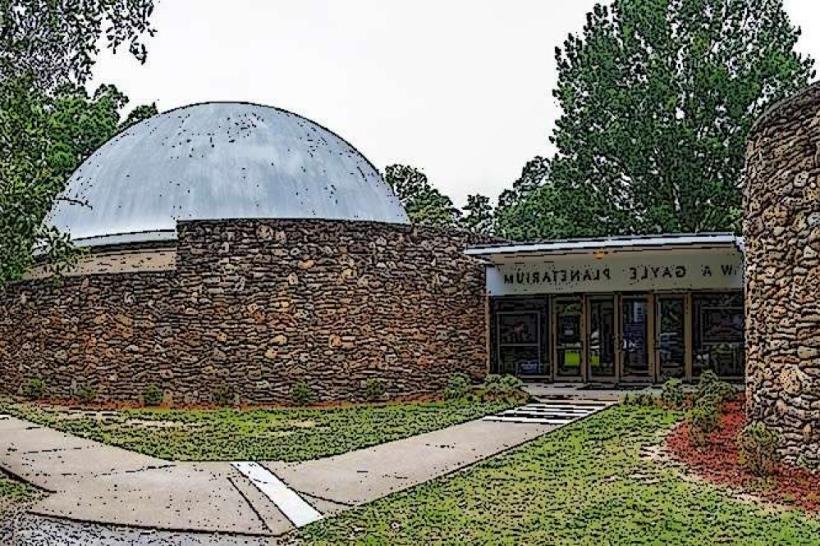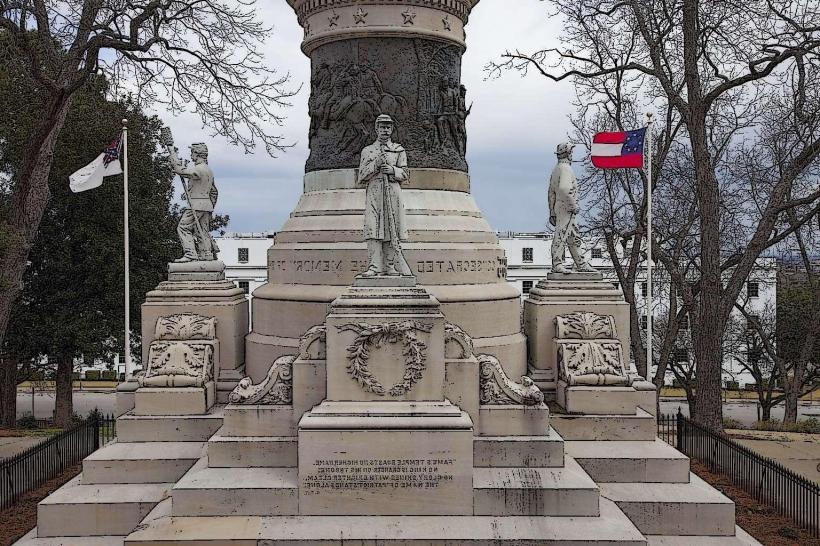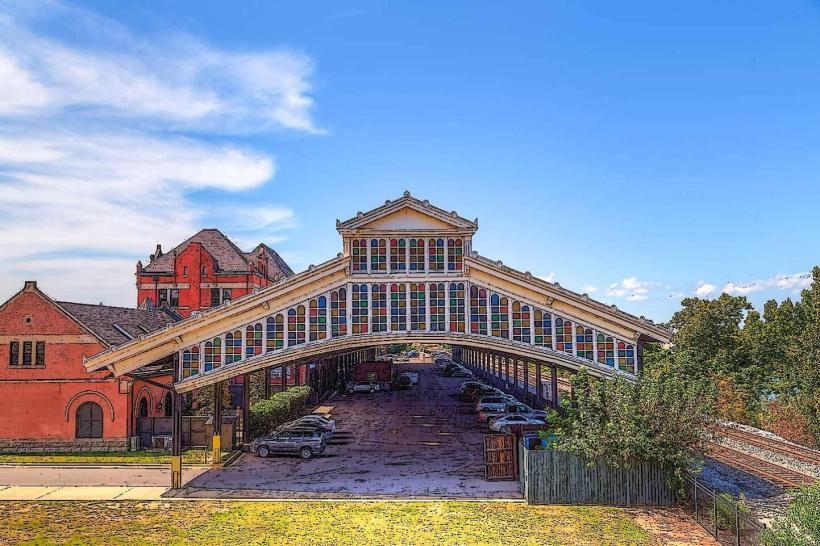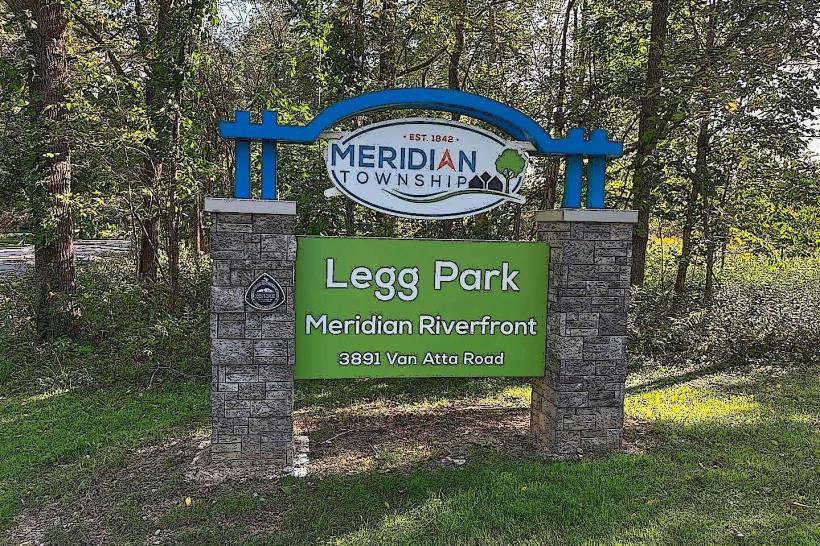Information
Landmark: Old Alabama TownCity: Montgomery
Country: USA Alabama
Continent: North America
Old Alabama Town, Montgomery, USA Alabama, North America
Old Alabama Town in Montgomery is a carefully preserved and restored collection of authentic 19th- and early 20th-century buildings that together create a living museum of Alabama’s past. Unlike a recreated village built for tourism, the site consists of genuine structures relocated or restored on their original sites, spanning several blocks in the heart of Montgomery.
It is operated by the Landmarks Foundation of Montgomery and covers six blocks with over 50 buildings, each illustrating a particular aspect of Alabama life between 1800 and 1900. The layout resembles a small town, with residential homes, schools, shops, churches, and workplaces all arranged to reflect the rhythms of everyday life in different periods.
Historical Scope and Significance
The buildings represent a broad cross-section of Alabama’s diverse history. Visitors encounter the lives of both the wealthy and the working class, including merchants, teachers, craftsmen, and farmers. Homes range from simple pioneer log cabins and dogtrot houses to Victorian cottages and elegant townhouses. There are also structures reflecting Montgomery’s position in the cotton economy, its urban development, and the cultural influences that shaped the Deep South.
Notable Highlights
Pioneer Log House (1830s): A modest frontier dwelling illustrating the life of early settlers.
Dogtrot House: A rural architectural style designed for ventilation in Alabama’s humid climate.
Lucas Tavern (c. 1818): The oldest surviving building in Montgomery, once serving travelers on the Federal Road.
Working Spaces: Includes a blacksmith shop, grocery, and printing office, all showing traditional trades.
Living Quarters: Greek Revival townhouses and Victorian-era homes that demonstrate the lifestyle of wealthier Montgomery families.
Schoolhouse and Church: Depicting community institutions central to Southern towns of the 19th century.
Visitor Experience
Walking through Old Alabama Town is designed to feel like stepping back into a real community of the past. Many interiors are furnished with period-appropriate artifacts, and costumed guides or interpreters sometimes demonstrate crafts, tell stories, and provide historical context. The open-air setting lets visitors move freely from one building to the next, creating a sense of continuity in the town’s unfolding history.
Events and Programs
Old Alabama Town often hosts educational programs for schools, heritage festivals, and demonstrations of traditional crafts. Workshops and seasonal events bring added life to the preserved environment, making it both an educational and cultural attraction.
Preservation and Importance
The site is more than a tourist attraction; it serves as an archive of architecture and a memorial to everyday life in Alabama’s formative years. By safeguarding authentic structures rather than replicas, Old Alabama Town offers an irreplaceable glimpse into Montgomery’s-and Alabama’s-past, ensuring that both the hardships and achievements of earlier generations are remembered.
Practical Notes for Visitors
The village is located in downtown Montgomery within easy reach of other historic landmarks, including the State Capitol and Civil Rights memorials. The grounds are pedestrian-friendly and best explored on foot, with plenty of shade from trees and porches typical of Southern architecture. Guided tours are available, though self-guided exploration is equally rewarding for those who prefer to linger in specific homes or workshops.
Old Alabama Town stands out as one of the few places where visitors can experience an intact historic environment spanning nearly a century of Alabama life, offering depth and authenticity that written history alone cannot provide.

